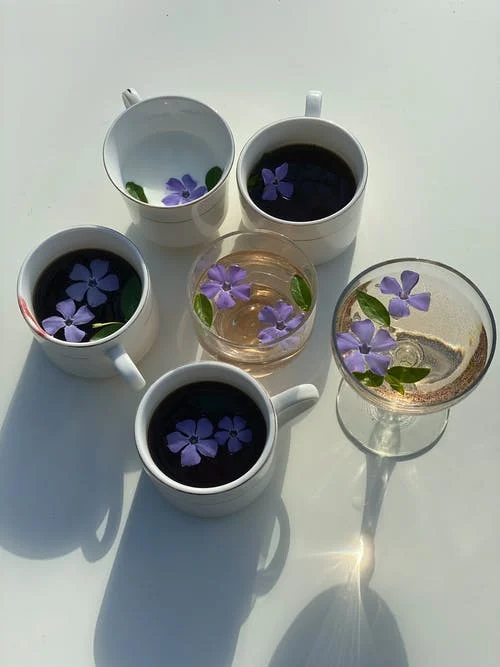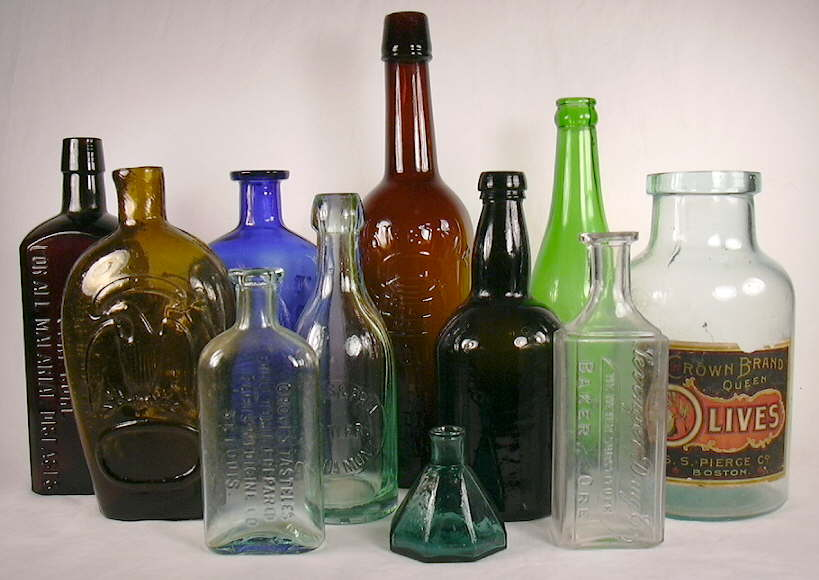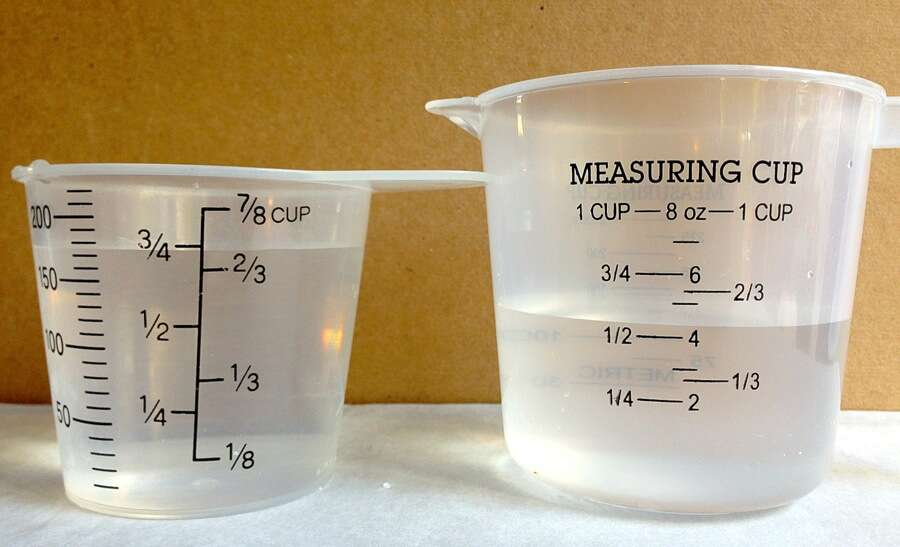Cups and bottles are used in households for water measurement. The average-sized water bottle is more significant than a standard cup and can hold more water in it. So, in short, there are approximately two or more cups of water estimated to fill a water bottle. However, in reality, people don’t use the exact sizes of cups and bottles for measurement. So, the number of cups in a bottle of water will not always be the same.

Contents
You Need How Many Cups of Water to Fill Up a Bottle?
People commonly use a cup that can hold 8 ounces of water, while the average bottle can contain 16.9 ounces. The amount of cups needed to fill up a bottle, in this case, is approximately 2.1125 cups.
Apart from the standard 16.9-ounce water bottles, five other sizes are bigger in size. The other standard bottle sizes are 8oz., 12oz., 20oz.,24oz., and 33.8 oz. If the cup that you will use is still 8 ounces, the corresponding amount of cups needed to fill the bottles are:
One cup for eight oz. Bottle, one and a half cups for 12oz., two and a half cups for 20oz., 3 cups for 24oz., and 4.225 for the 33.8-ounce water bottle.

How Do Cups Measure the Amount of Water in a Bottle?
You can use cups to measure the amount of water in a bottle simply by pouring the water into an empty cup. Suppose you want a more accurate comparison of measurement. In that case, the first thing to do is identify the size of the bottle and use a transparent measuring cup. Measuring cups have labels outside them that contain specific numbers for measurement. To avoid overflow, most of the measuring cups have size allowances in them. Keep in mind that most measuring cups that you can find in stores also contain measurements for fluid ounces.
How are Cups and Bottles Related to Measuring Water?
A cup is a unit of volume measurement that is used to measure serving sizes in cooking. Humans have been using cups and bottles for measuring water for a long time. The probable reason behind this is because cups and bottles are the most accessible water containers that people can find at home. Another reason is how water in ordinary households is used. For example, water is an essential component of most cooking ingredients. Sometimes, to create a dish, you must use a specific amount of water. People must have figured out that a standard measurement ensures that they use only the right amount of water for cooking. Another example is consumption. Since cups and bottles are the commonly used containers for water consumption, the recommended amount of water intake each day is addressed by scientists through cups.

What is the Standard Size of Cup for Measurement?
The standard size of the cup used for measurement varies from one place to another, depending on people’s needs. The customary cup in the US, for example, is 0.5 or ½ of a liquid pint. For nutritional labeling, 1 ‘legal cup’ is equivalent to 240 milliliters of liquid. In coffee industries, a coffee cup is equivalent to 118ml. All of these examples are in the US alone. In other countries such as Australia, Japan, Russia, and the UK, there are more variations in the standard size of the cup for measurement.
Members of the commonwealth nations like Australia, Canada, New Zealand, and others have followed a specific metric system for measurement in cups. They called it ‘metric cups’ based on the metric system. The metric cup is about 250 ml. of water. In Japan, they use smaller cups for cooking rice and drinking sake (a type of liquor) and have a capacity of only 180.4 ml of water. However, they later changed the standard to 200ml. Also, before the metrification, they used two different cups for measurement; a smaller cup was called ‘charka’ about 123ml and was used for liquor measurements. The other one is called ‘stakan,’ about twice the capacity of ‘charka,’ used for other liquids. Some of the Russians today still use both ‘charka’ and ‘stakan’ for measuring liquids.

How Reliable is the Use of Cups and Bottles for Water Measurement?
The use of cups and bottles for water measurement has been proven as an effective method of measurement. However, this doesn’t measure how reliable or accurate the method is. Even scales can outperform measuring cups and bottles when it comes to accuracy. Still, cups and bottles are almost available anywhere and anytime you need to measure liquids. Also, the difference in scale measurements and cup measurements is minimal. Unless you’re in a laboratory that needs accurate data for water volume measurement, it is better to use cups and bottles instead.